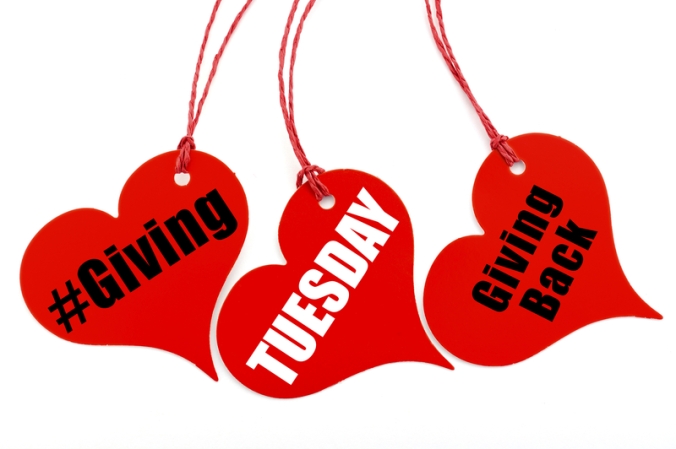
Not another Giving Tuesday post! A little neuroscience for today…
With the hundreds of Giving Tuesday blogs, why add one more? At this point, either you have prepared your agency’s communication and solicitation packages or not – and that is okay, provided your year-end appeals are moving forward.
A recent Harvard Business Journal (HBJ) article asks the question: how do the brains of generous people function differently, if at all? The term neuroeconomics refers to the algorithms by which the brain makes choices. Researchers used MRI scans to learn the brain computes two separate values in giving decisions: the self-benefit and the benefit to another.
The game of experimental economics, “the Dictator Game” examines self-interest through one person (the dictator) deciding how to split an endowment, if at all, with a second person. Some suggest this game tests the value of concern for the well-being of others. Without delving into the moral or psychological implications, MRI scans revealed two different sections of the brain lit up when thinking about self and about others. A third section of the brain lit up for both quantities – researchers theorize this area puts all factors together and the conscious decision is then made. Though the researchers could not definitively state whether the charitable disposition emanates from education and environment or genetics (or a compelling case for giving). Research subjects chose self-interest the vast majority of the time during the game, but one-fifth (21%) behaved in a generous fashion.
Suffice to say the love of mankind – philanthropy – may have always been in our nature because humans have functioned in groups for thousands of years. Or does philanthropy fundamentally buck our ‘survival of the fittest’ instincts?
Unfortunately, this experiment does not provide crystal clear answers about the neuroscience behind philanthropy. Those in the development profession must focus on the ‘art’ of philanthropy in determining who to approach for a gift and why someone makes a charitable gift. One lesson from the research: make giving simpler by focusing on how another might feel.
I welcome your comments and questions.
All the best,

John Gilchrist, FAHP, CFRE


